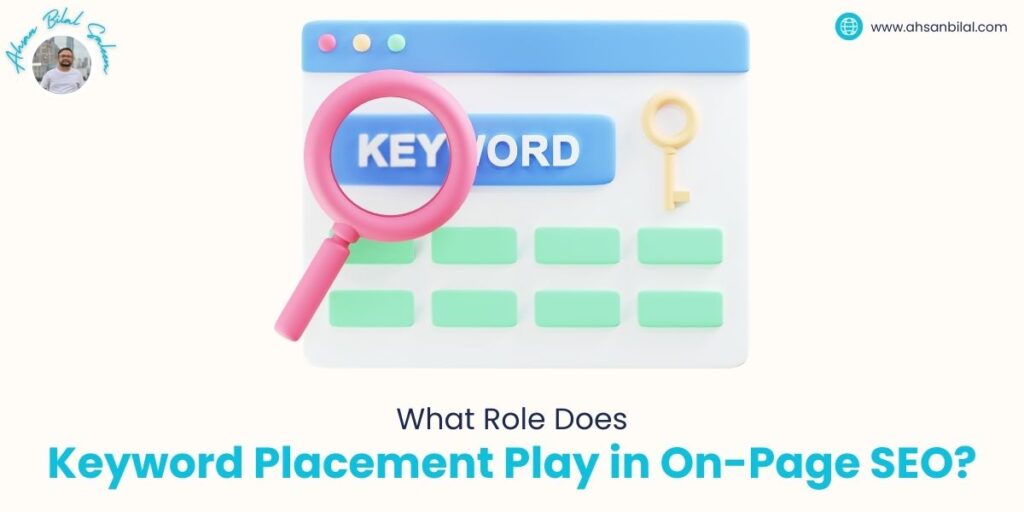Keyword placement is a crucial element of on-page SEO, influencing how search engines interpret and rank a webpage. While keyword usage remains important, its strategic placement throughout the content determines its effectiveness in improving search visibility. Understanding where and how to integrate keywords naturally can significantly impact user experience, readability, and search rankings.
Why Keyword Placement Matters
Search engines analyze keyword placement to understand the relevance of a page to a user’s query. Proper keyword positioning helps Google and other search engines determine the topic and context of the content, ensuring that the right audience finds the page. Poor keyword placement, on the other hand, can make content appear unnatural, reducing its credibility and ranking potential.
Key Areas for Effective Keyword Placement
- Title Tag: The title tag is one of the most influential ranking factors. Placing the primary keyword near the beginning of the title enhances visibility and improves click-through rates. A well-optimized title tag tells both search engines and users what the page is about.
- Meta Description: While meta descriptions do not directly affect rankings, they influence user engagement. Including relevant keywords in the meta description helps search engines bold them in search results, making the snippet more attractive to users.
- URL Structure: Short, descriptive URLs with keywords improve search engine understanding and user trust. A keyword-rich URL, such as example.com/keyword-optimization-tips, is more effective than a vague one like example.com/page123.
- Headings (H1, H2, H3, etc.): Keywords in headings help organize content and improve readability. The H1 tag should contain the primary keyword, while H2 and H3 tags can include variations or related terms to reinforce topic relevance.
- First 100 Words of Content: Placing the main keyword within the first 100 words helps search engines quickly recognize the page’s subject. This strategy also captures user attention early, reinforcing the topic’s relevance.
- Throughout the Content (Naturally): Keywords should be spread evenly throughout the article but used naturally. Overuse can lead to keyword stuffing, which negatively impacts readability and SEO. Instead, using synonyms and LSI (Latent Semantic Indexing) keywords helps maintain a balanced approach.
- Image Alt Text: Optimizing image alt text with keywords improves accessibility and image search rankings. A well-described image with relevant keywords enhances user experience and provides additional SEO value.
- Internal and External Links: Linking to related pages within your website using keyword-rich anchor text strengthens site structure and relevance. Similarly, linking to authoritative external sources with descriptive anchor text enhances credibility.
- Conclusion Section: Reinforcing the primary keyword in the conclusion provides a strong closing statement for both users and search engines. However, it should be placed naturally without forced repetition.
Common Mistakes to Avoid
- Keyword Stuffing: Overloading content with keywords disrupts readability and can trigger search engine penalties.
- Ignoring User Intent: Placing keywords without considering user expectations reduces engagement and increases bounce rates.
- Using Generic Anchor Text: Generic terms like “click here” should be replaced with descriptive, keyword-rich links for better on-page SEO value.
- Neglecting Mobile Optimization: Poor keyword placement in mobile-friendly formats can hurt user experience and rankings.
Conclusion
Keyword placement is an essential aspect of on-page SEO that enhances content visibility, search rankings, and user experience. By strategically positioning keywords in title tags, headings, URLs, and throughout the content, websites can improve relevance and attract targeted traffic. However, maintaining a natural flow and prioritizing user intent are equally important to achieve long-term SEO success.
